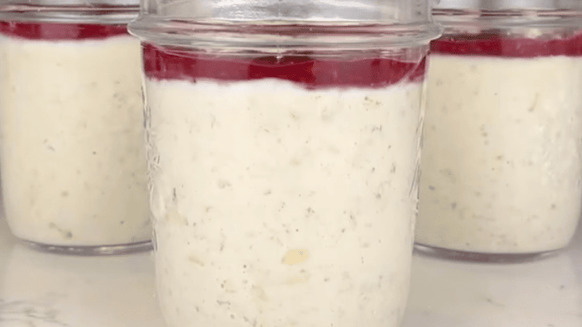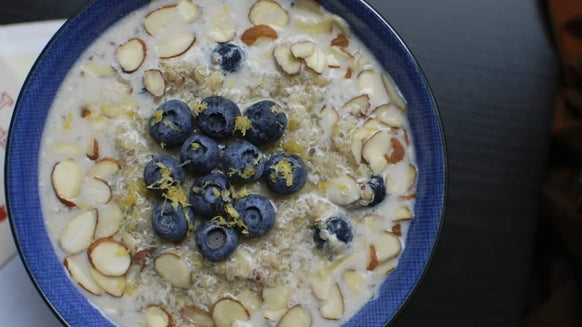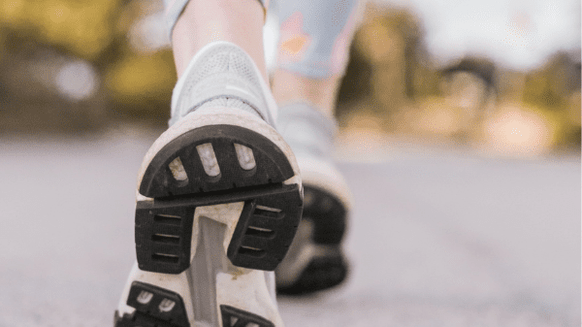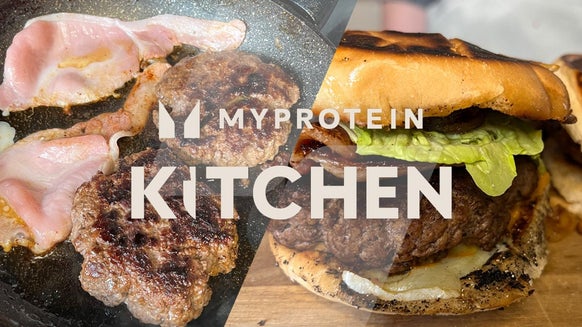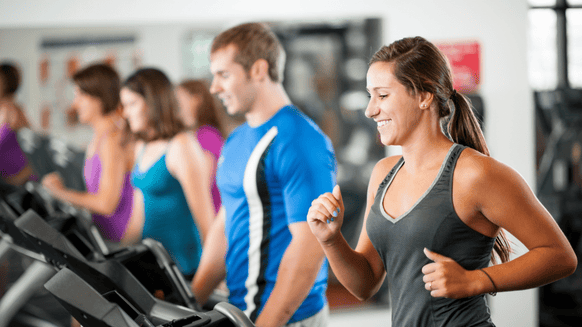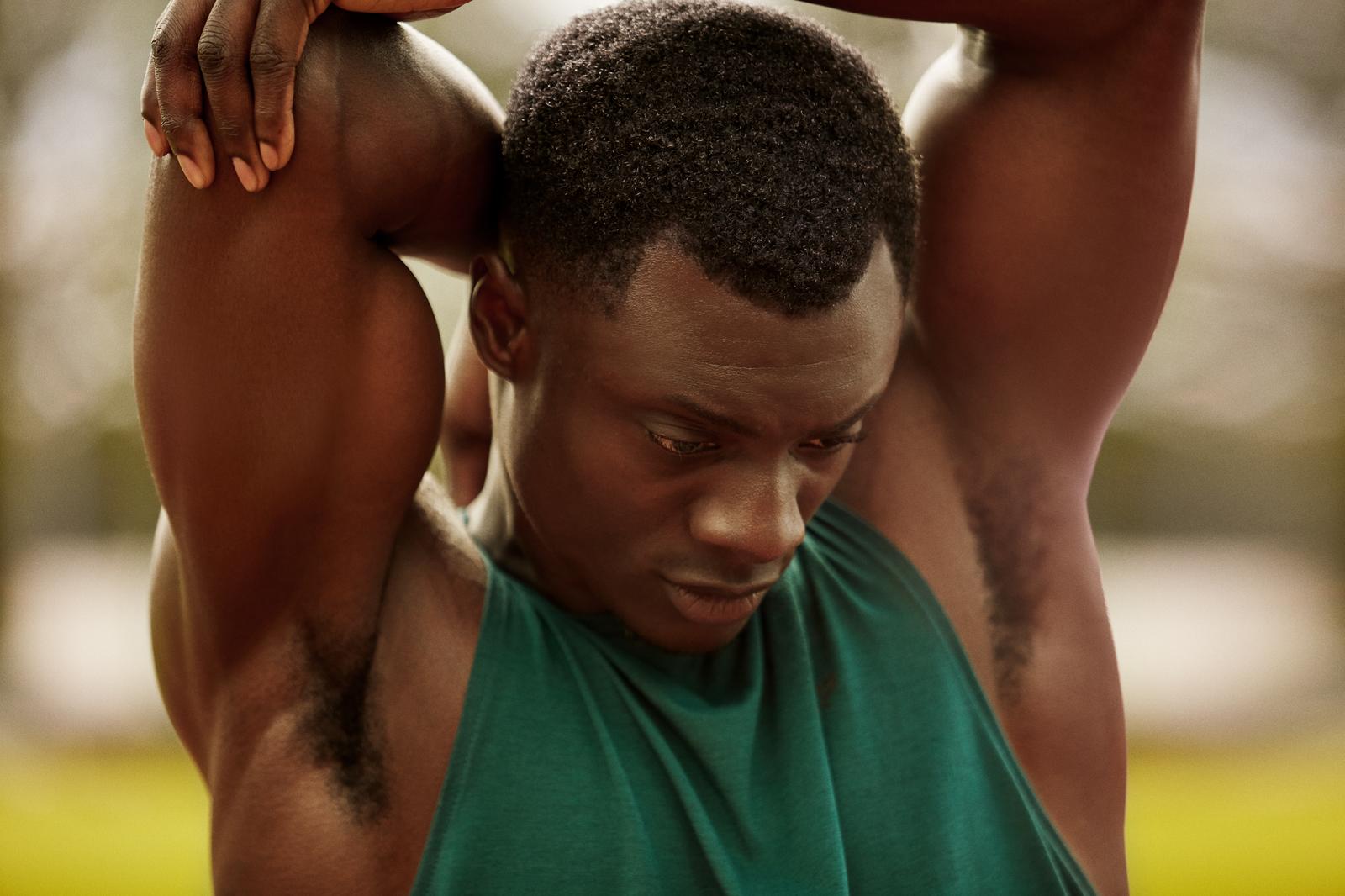
Feel like you could do with a little more flexibility, or better core strength? Whether you’re a bodybuilder, or a runner, the benefits of taking up Pilates or yoga can be tenfold.
However, to an outsider, the two forms of exercise can seem pretty similar which can leave you feeling a little bit confused as to which class to choose. So, what are the differences between Pilates and yoga? Are there any at all? Let’s find out.
Completely different countries and centuries
If this isn’t a big difference, then we don’t know what is. Yoga was actually developed over thousands of years. In fact, it was first developed in Northern India around 5,000 years ago. That’s a long way from the shiny studio in your local leisure centre.
Pilates is a relative baby in comparison, only coming into being around 100 years ago. It was invented by a man called Joseph Pilates, originally from Germany. It was designed to be used in rehabilitation — something it’s still used for by athletes today.
How you breathe makes all the difference
Before we get into this, let’s make one thing clear — breathing is important in both yoga and Pilates (and for general survival), but the way it’s done is slightly different. For yoga and Pilates, breathing is important as you move through different positions — your instructor will usually guide you on when to breathe as you do each exercise.
Here’s where they differ. Your yoga teacher will usually ask you to breathe from your belly. It’s also used to help you reach a more calming and meditative state by focusing on each breath in and out.
In Pilates, as you often need to engage your core, your instructor will ask you to breathe more into your chest and back, rather than into your belly. This is called lateral breathing.
Yoga is more spiritual
This is definitely one of the biggest differences between the two classes. Want a meditative experience that works on flexibility and calms the mind? Then, opt for a yoga class.
If you’re looking more to activate muscles, work on your balance, or recover from an injury with no meditation, then Pilates is probably more your bag.
Pilates uses machines
Before you get confused, both yoga and Pilates is largely performed on mats and both can be done without any equipment at all. While yoga is completely about using your own body weight, Pilates can also involve using special Pilates resistance machines too. Remember, Pilates is more about conditioning the body, while yoga can be more meditative.
These machines are called reformer machines. Just like the rest of pilates, they're used to improve strength, balance, and fix imbalances, or encourage injury recovery.
Yoga classes can differ greatly
As you’d expect with anything that’s developed over thousands of years, there’s a few different types of yoga. Some classes are more about calming, meditative movement, while others focus on conditioning the body and opt for a faster, sweatier class, like hot yoga, which is done in a very warm room.
Pilates doesn’t tend to differ as much from class to class — you’ll be performing moves that focus on core strength and full body conditioning. That doesn't mean it hasn't changed at all since the 1920s. New moves have been developed to treat symptoms of modern life, such as sitting at desks all day.
For both yoga and Pilates, the most important aspect that will change the nature of the class is the instructor. Ensure that the person teaching you is both qualified to lead the kind of class you’re after and experienced.
Take home message
Finally, think about what you want to get from the class — want to sweat? Try hot yoga or a higher intensity Pilates class. Want to relax and connect with yourself on a higher level? Try a more meditative form of yoga. While both classes can differ greatly, they can benefit you in a whole host of ways, both mentally and physically, so get a mat and try your local class.
READ THIS NEXT:
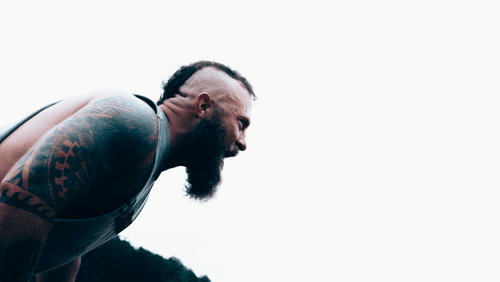
Do Vegan Athletes Have an Edge? Benefits of Being a Vegan Athlete
Do vegan athletes have the advantage? You decide....
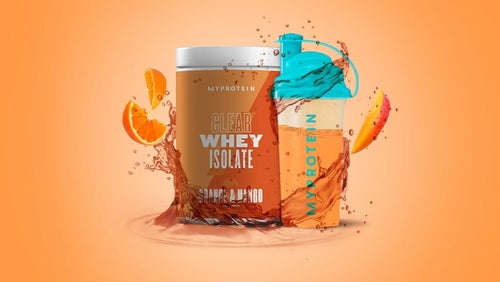
Protein Just Got Juicy | Clear Whey Is Available Now In Canada
It's set to be the star of summer training. ...





